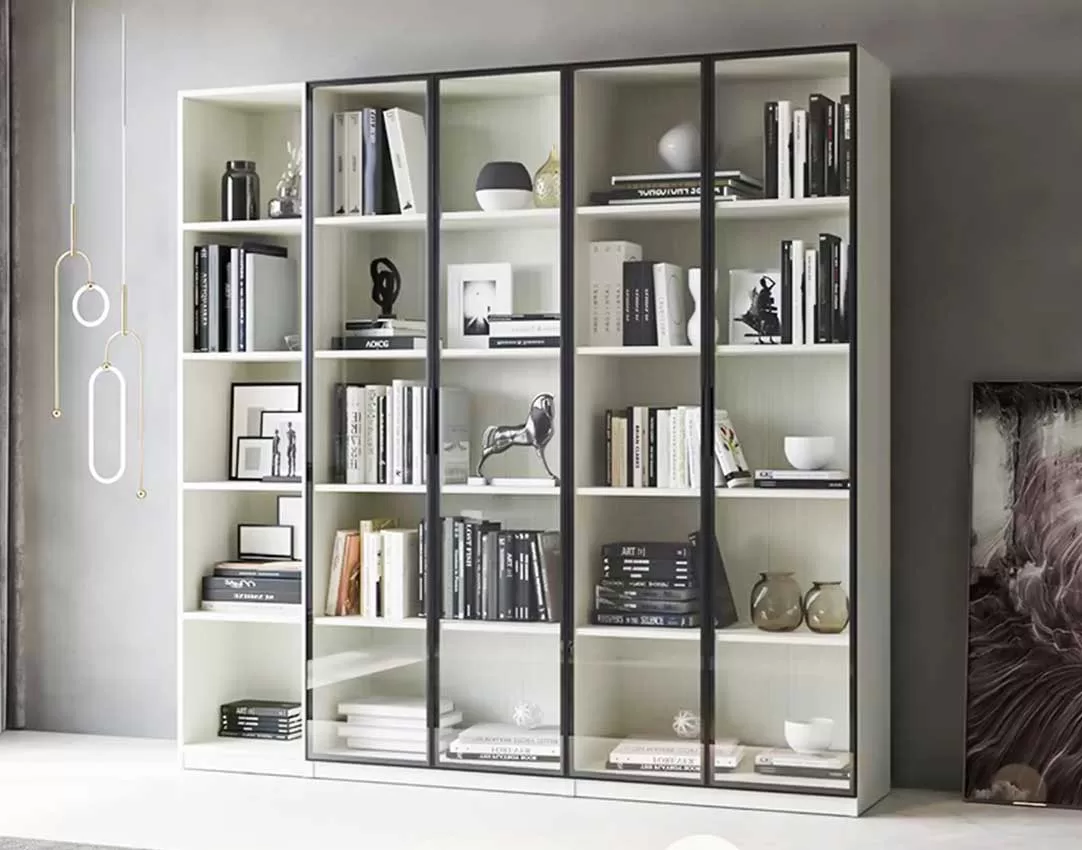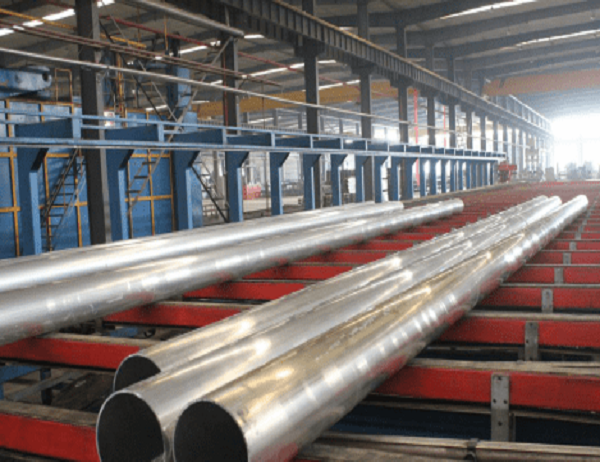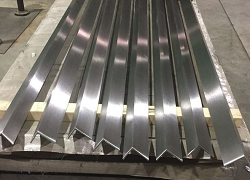In the realm of home design, where aesthetics and practicality intertwine, kitchen cabinet profiles emerge as a crucial element, bridging the gap between functionality and style. The “Where Innovation Meets Functionality: Kitchen Cabinet Profiles” article delves into the intricacies of these profiles, exploring their impact on the form and function of your dream kitchen.
The Evolution of Cabinet Profiles
Kitchen cabinet profiles have undergone a remarkable evolution over the years, from simple square edges to intricate moldings and decorative details. This progression reflects the ever-changing tastes and preferences of homeowners, as well as advancements in manufacturing techniques. Today, a wide array of profiles is available, catering to diverse design sensibilities and architectural styles.
The Influence of Material Selection
The material of your cabinet doors and drawer fronts significantly influences the profile options available. Wood, for instance, allows for intricate carvings and raised panels, while laminated materials offer sleek, modern lines. Metal frames provide a durable and industrial aesthetic, whereas thermofoil surfaces mimic the grain of wood with exceptional resistance to moisture.
Profile Types and Their Impact
The type of cabinet profile you choose can dramatically alter the overall look and feel of your kitchen. Here are some common profile types and their impact:
Flat Panel Profiles
Flat panel profiles have a smooth, uninterrupted surface that imparts a clean and contemporary aesthetic. They are versatile and complement various kitchen styles, from traditional to modern.
Raised Panel Profiles
Raised panel profiles create a classic and elegant look. The raised panels add depth and dimension to the cabinetry, exuding a sense of timeless sophistication.
Shaker Styles
Shaker profiles have a simple, minimalist design characterized by recessed panels and square edges. They are highly adaptable and work well in both traditional and modern kitchens.
Ogee Profiles
Ogee profiles feature a curved shape with a gentle arc. They provide a graceful and inviting touch to your kitchen, adding a touch of refinement.
Applied Moldings
Applied moldings are decorative elements that can be added to cabinet frames or doors. They come in various shapes and sizes, allowing you to customize your cabinetry and create a truly unique look.
Beyond Aesthetics: Functionality Matters
While aesthetics are important, the functionality of your kitchen cabinetry should not be overlooked. Proper profile selection ensures that your cabinets can withstand daily use and meet your ergonomic needs. For instance, beveled edges on drawer fronts provide a secure grip, while soft-close hinges minimize noise and prevent slamming.
In conclusion, “Where Innovation Meets Functionality: Kitchen Cabinet Profiles” highlights the significance of this design element in achieving a kitchen that seamlessly harmonizes style and functionality. By understanding the different profile types and their impact, homeowners can make informed decisions that will enhance the aesthetics and practicality of their kitchens for years to come.



